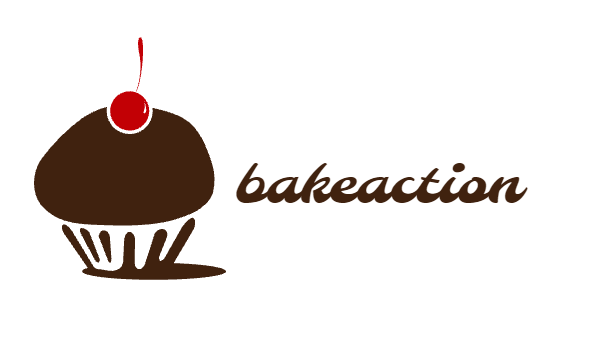Every morning and night, we engage in a ritual that's crucial for our oral health: brushing our teeth. But have you ever wondered about the origins of the toothpaste and toothbrush we use so routinely? This journey through the toothbrush history and the development of toothpaste is not just fascinating but also reflects our ancestors' understanding of dental care.
The Dawn of Dental Care
The story of dental care begins in ancient civilizations. The Egyptians, as early as 5000 BC, created a tooth powder made from ox hooves' ashes, burnt eggshells, and pumice. The Greeks and Romans later improved this formula by adding abrasives like crushed bones and oyster shells. These powders were used with the fingers or rough cloths to clean teeth.
The Emergence of Toothpaste
Toothpaste, as we know it, started to take shape in the 1800s. Early versions were powders that included soap and chalk. In 1873, the first commercially produced toothpaste was launched in jars. It wasn't until 1892 that toothpaste in collapsible tubes, similar to our current form, was introduced.
The Evolution of the Toothbrush
Parallel to the evolution of toothpaste is the intriguing toothbrush history. Ancient civilizations used various tools for teeth cleaning, such as chew sticks made from twigs with frayed ends. However, the significant development came from China in the 7th century, when the first bristle toothbrush was invented. These early brushes used stiff hog hairs attached to bamboo or bone handles.
The Toothbrush Goes West
The concept of the toothbrush traveled to Europe, where it underwent further modifications. Europeans initially found the hog bristle brushes too firm and preferred softer horsehair. It wasn't until the 17th century that toothbrushes became more widespread in Europe, with England's William Addis creating a mass-produced version in 1780.
The Birth of Modern Toothbrushes
The modern toothbrush as we know it today began with the advent of nylon. In 1938, DuPont introduced the first nylon-bristle toothbrush, called Doctor West’s Miracle Toothbrush. This was a significant improvement over animal hair, offering better hygiene and durability.
The Introduction of Electric Toothbrushes
Another leap in toothbrush history came with the introduction of the electric toothbrush in the 1950s. Initially developed in Switzerland, it offered an effective alternative to manual brushing, especially for people with limited manual dexterity.
The Continued Evolution of Toothpaste
Returning to toothpaste, its composition has continually evolved. Fluoride, a game-changer for dental health, was first added in 1914 to prevent tooth decay. Since then, toothpaste has been developed to cater to a variety of oral health needs, including tooth sensitivity, whitening, and gum health.
Sustainable Practices in Oral Care
Today, both toothbrushes and toothpaste reflect a growing awareness of environmental sustainability. Toothbrushes made from biodegradable materials and toothpaste with natural ingredients are becoming more popular, reflecting a shift towards eco-friendly dental care products.
Conclusion
The history of toothpaste and toothbrush is a fascinating story of innovation and adaptation. From ancient cleaning methods to modern, sophisticated oral care solutions, this journey reflects our continuous quest for better health and hygiene practices. As we use these everyday tools, it's interesting to reflect on their origins and appreciate the advancements that have been made in oral care. This toothbrush history, intertwined with the evolution of toothpaste, is a testament to human ingenuity and our ongoing pursuit of wellness.


